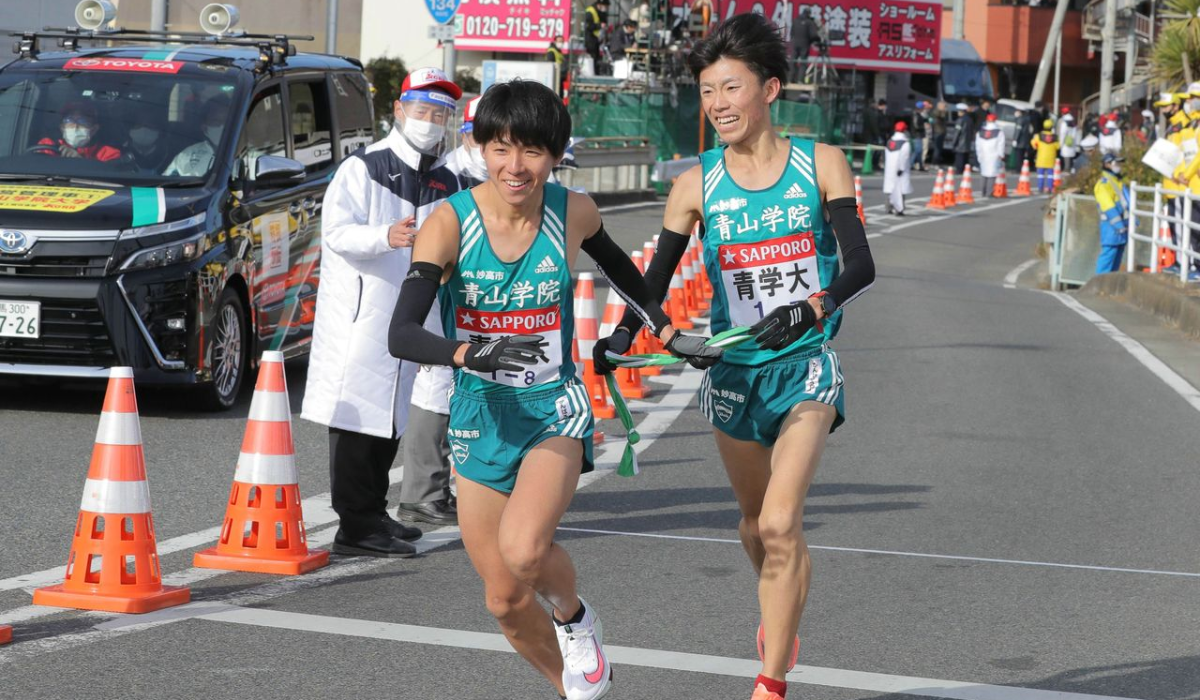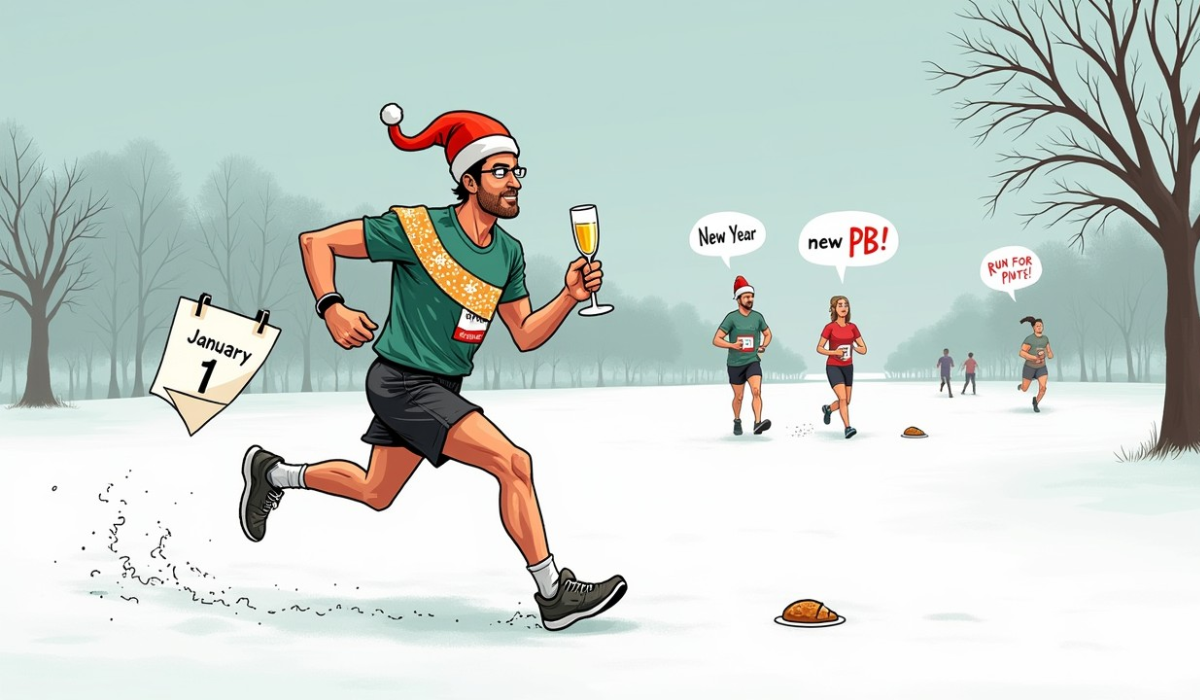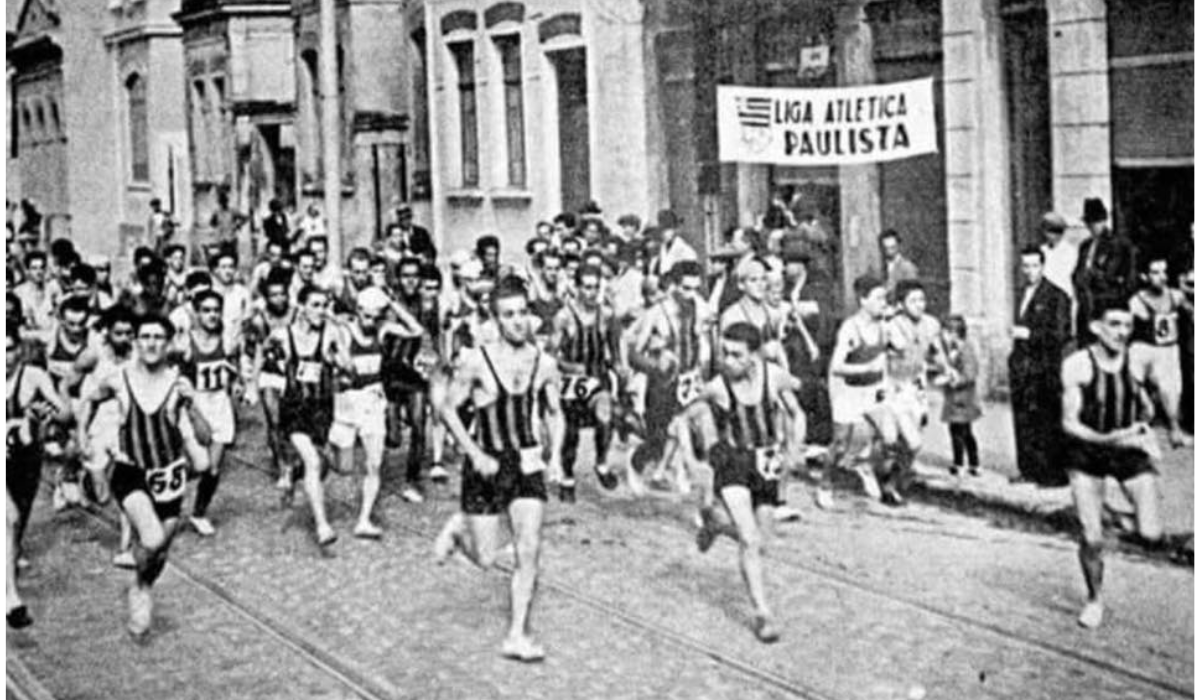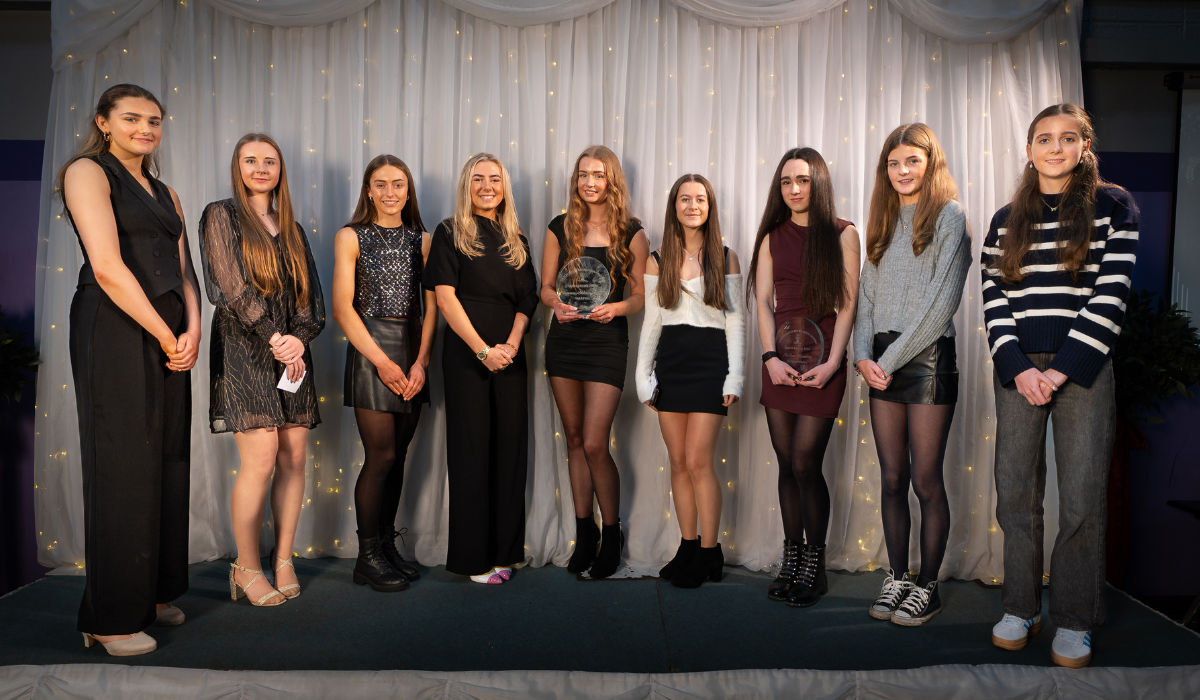So...you want to go on a sports scholarship?
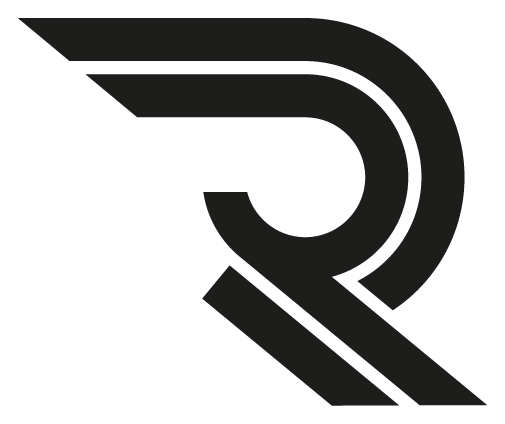
September 14, 2024
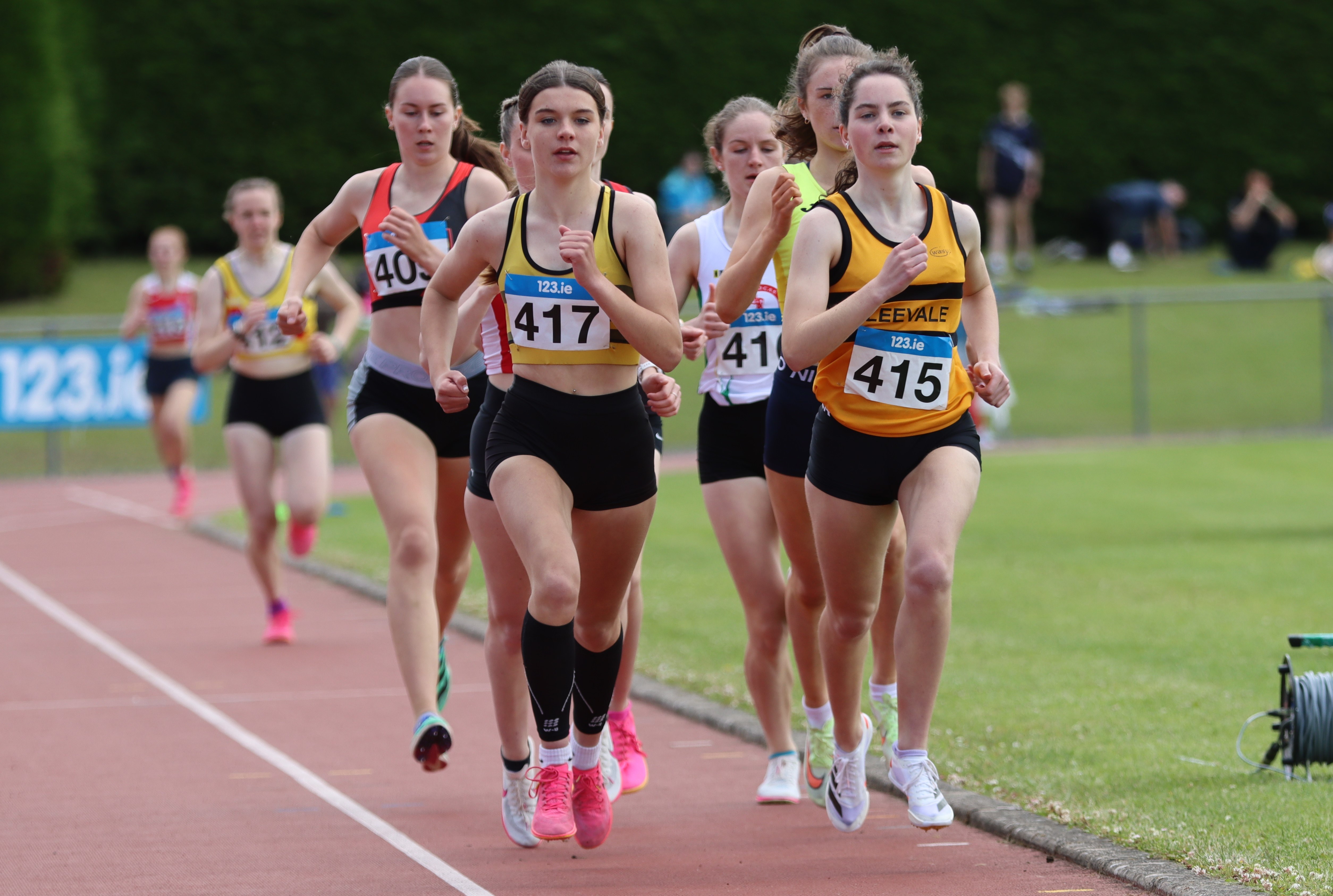
Perri Williams
by Perri Williams
When an athlete starts to express an interest in going on scholarship, it’s the idea rather than the operational journey that first hits us. The USA, lovely campus, a large group to run with, meets at various locations and fast times following in succession, all an athletes view of the colligate scene. Parents of course are more concerned about accommodation, food, welfare, safety and general happiness. Differing dimensions of the same thing. TY is over, fifth year has already begun. Then the work really starts. Looking at colleges, coaches, athletes. Overwhelming. For parents and athletes it can be hard to navigate the mire of information available or even find the proper information. This is the first of a series of articles that aims to decipher some of that information and serve as a guide to both parents and athletes for pursuing the scholarship route to colleges in the USA.
Firstly, what exactly is a sports scholarship? A sports scholarship is offered to the athlete-student based on their ability within their sport or even discipline within that sport along with their academic background. It typically includes tuition, room and board for the year. They are of course competitive, and each college only has a certain amount of funding available each year, with a cap on the number of athletes it has on each team. For some colleges they weigh more heavily on the individual’s sporting ability, while others may actually award scholarships based on a combination of both athletic and academic abilities, with top grades being paramount. You may even have an academic scholarship in addition to a sporting one. So, do not discount this possibility. The more a college knows about you, the better it can assess your award.
How many years is a scholarship? Typically an athlete has four years of eligibility, and a college will fund the student-athlete for this period. Some athletes will opt to do an undergraduate and spend their four years in the US earning both a degree and competing for the college team. Going straight from secondary school to the USA can be daunting for an eighteen-year-old. Do not discount the option of taking a gap year and perhaps working. Or perhaps consider even attending first year in an Irish college and earning credits that can be transferred to your US college course. A year can make a difference when moving so far from home. Then of course there is always the option to do your degree in Ireland and apply to study for a masters in the USA – spending two years competing for the college team. Just remember, it is only four years of eligibility. Thus if you competed for a year for an Irish college, then your USA eligibility is reduced to three years.
When should we start the process? Simple answer – as early as possible. One thing you do not want is to leave it all to the months leading to the leaving cert or the end of college. Starting in fifth year at secondary school or in your second last year of college in Ireland is recommended. There is more work to do than you think. Firstly the coaches in the US start to recruit up to a year beforehand. And you want to have the opportunity to explore the colleges, to see which one is right for the athlete before that recruitment phase commences. The pool of funding available is always going to be bigger at the start of any recruitment process. Leave it to the last few months and it may be harder to maximize that scholarship money. Do not assume that a college/coach will reach out to you. Start connecting with the college yourself. Most athletes are on social media and using Instagram (or other media) to connect is a good start. In the next article we will cover the college and who to connect with.
What are the additional costs? This can vary depending on the athlete-college combination. Unless you have an American passport, then you will have the cost of the visa and any fees associated with acquiring that visa. Then there may be SATs or entrance test requirements. You need to check with the respective college what these requirements are for international students. Other costs include your flights, medical insurance, transcripts of degrees. Most Irish student-athletes do come home at Christmas, at least in their first year. The parents I have spoken with have indicated that you should budget around 3,000 to 5,000 euro per year for additional costs based on a “full-ride” scholarship. Oh, another thing, learn the lingo; grad, freshman, sophomore, junior, senior, major, minor etc.
There are so many colleges! Yes, there are. Once you start researching (www.ncaa.org lists the colleges and the eligibility rules) you should draw up a shortlist. Research does take time and should be based on the coach, the standard of the team, the college course you wish to pursue, perhaps even if there are other Irish athletes already there. There are three divisions in the NCAA; Division I and II typically offer sports scholarships and are the most competitive. Division III and Ivy Leagues can offer some sports scholarships, but you might find they are harder to obtain than the other divisions. If you are academic, you may stand a better chance of obtaining an academic one for division III. It is important to go to a college where the standard of your disciple is right for you. That choice could mean that it is a division II college and not the division I college you always thought you would go to. There are many Irish athletes currently in both divisions. Make sure the degree you are studying for is acceptable in Ireland if you intend to come back here. Reach out to other Irish athletes that you know are in a college. They can provide a wealth of information. There are also many former Irish athletes who are now coaches or assistant coaches in many of the colleges. Someone you know always knows someone else who can help you connect. Once you have narrowed down that list (along with the contact information) then it is time to start reaching out to the coach.
Should I contact the College Coaches? As you cannot travel from campus to campus you have to gain more visibility using other methods. (Unless you are already a high profile u18 or u20 athlete, like Neils Laros or Cameron Myers who probably have colleges falling over backwards to get them!). The best way to do this is to create an online profile with your social media. Make sure you put “athlete” on your profile, along with a photo of yourself doing your discipline. Report on your races. There is no harm showing yourself standing on the podium with the words “National u18 800m champion”. International athletes shouldn’t wait to get noticed by a college coach or for a coach to reach out to them first. Instead, focus on being proactive and contact a coach first to ensure that you get their attention. Follow them on social media and you might be surprised to find they will look at your profile and follow you back. Receiving that first bit of attention from them is always an exciting start. You could also send them an email or a text. Once the correspondence starts a phone call will eventually follow, should the coach see you as a prospect. As you start the recruitment process, your focus should always be on becoming a university athlete rather than your quest for funding through a scholarship. The nitty gritty of the scholarship will come during the process itself.
Agencies have started to make contact. What should I do? Each year scholarship agencies contact many Irish athletes. These agencies will charge a fee for their assistance, but generally offer a comprehensive service that can make navigating the often-complicated scholarship process clearer. Do check the reputation of the agency before you make a commitment.
That is a lot of information, but I hope I have cleared up some things for you. In the next article I will dive deeper into the colleges themselves to disperse some of the anxiety of understanding the colleges, where they are and what divisions they are in. Even looking at what Irish athletes are currently where. Keep following us!

